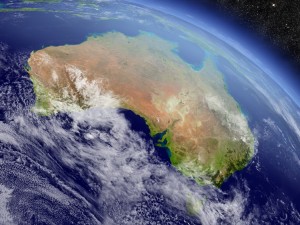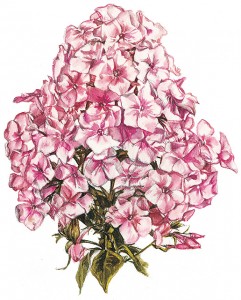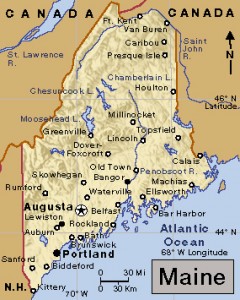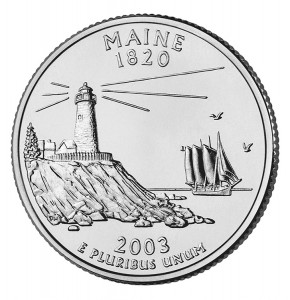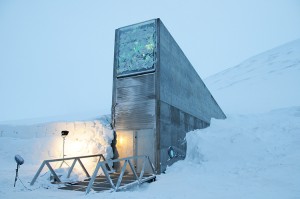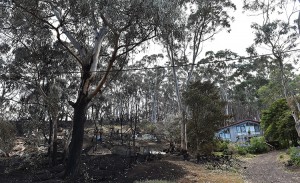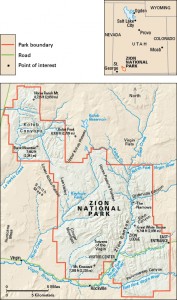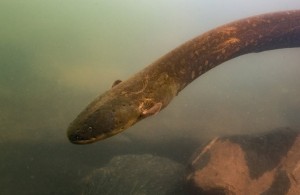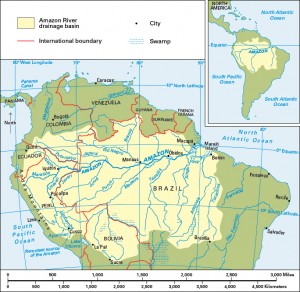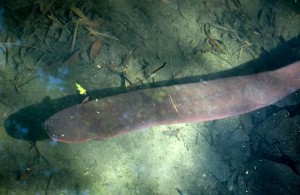“Murder Hornet” Spotted on the Pacific Coast
Monday, May 4th, 2020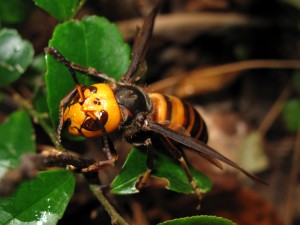
Asian Giant Hornet. Credit: Yasunori Koide (licensed under CC BY-SA 4.0)
Officials in Washington state are working to stop an alien invader—the Asian giant hornet. Individuals of this species have been spotted there and to north, in the Canadian province of British Columbia, over the past couple years. Workers are setting traps in an attempt to prevent the species, nicknamed the “murder hornet,” from gaining a foothold and potentially devastating North American bee populations.
The Asian giant hornet is the largest hornet in the world. Workers grow up to 1 3/4 inches (4.5 centimeters) long. Queens may measure 2 1/5 inches (5.5 centimeters) long and have a wingspread of about 3 inches (7 centimeters). Asian giant hornets are aggressive and venomous (poisonous). They are found throughout Japan and Southeast Asia. The hornet’s head is light orange with dark antennae (feelers). The insect has a dark brown thorax (middle section). Its abdomen (hind section) has dark brown, black, and orange-yellow bands. Asian giant hornets build their nests underground, often in abandoned burrows made by other animals.
Asian giant hornets have piercing jaws and a 1/4-inch (0.5-centimeter) long stinger. They prey on such large insects as beetles and praying mantises. After the prey is stung and killed, adult hornet workers take the insect carcasses back to the nest. The hornets grind up the dead insects and feed them to their larvae (young). The larvae, in turn, produce a nutritious liquid for the workers to eat. Adults also sometimes feed on tree sap or rotting fruit.
Asian giant hornets are also known to swarm and attack beehives to eat the honey. A scout hornet will locate a beehive and then lead groups of other giant hornets in an attack. Asian giant hornets also attack people if their nest is disturbed. Multiple stings from the hornet can cause injury or death.

